Top Tips For Fixing Water Damage
Water damage often occurs and goes unnoticed for weeks or even months. When you find water damage, the most important thing is to act quickly and start taking steps to solve the damage problem. Many times, you may want to try to repair the damage yourself, but if serious water damage occurs, you may need a professional repair service. Here at BorisDoes, we’ve put together this guide to help you identify and repair all types of water damage.
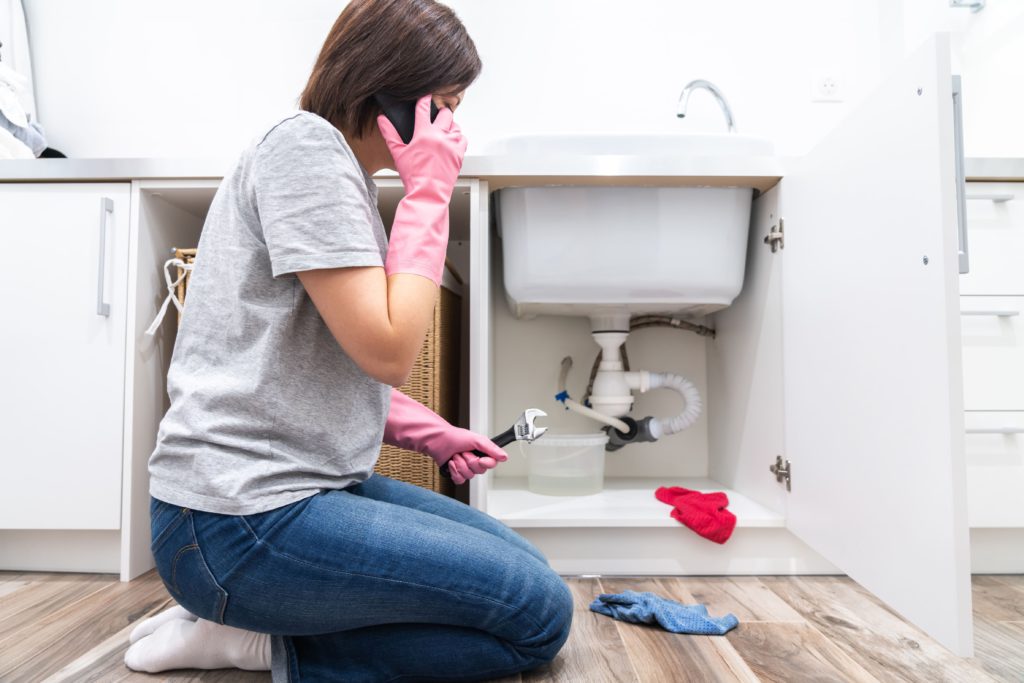
Types of water damage
The way you address water damage will depend on where it comes from. Here are the main types of water damage that you may face:
Leaking roof
A leaking roof can cause water to enter your house and cause serious damage. Aging or severely water damaged ceilings can cause deterioration of water quality. In fact, many old or damaged roofs may look good before it rains particularly hard or snows, which is when the damage happens.
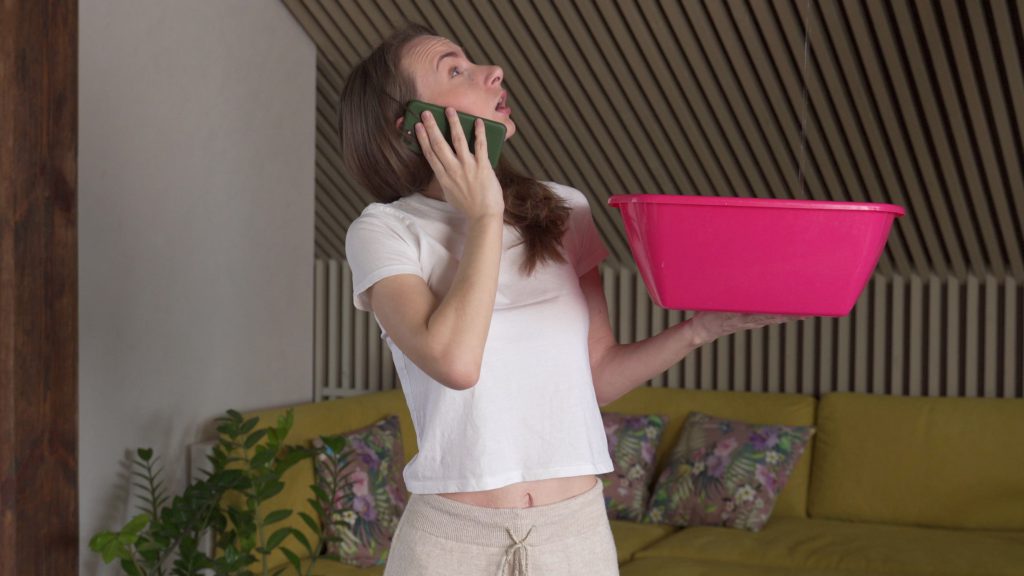
Faulty pipes
Broken or faulty pipes can damage your home due to slow leaks, sudden sprays, or both. In many cases, a broken pipe will quickly become apparent, such as when the toilet or sink pipe is backed up. However, broken pipelines can also cause slow development problems.
Condensate
Condensate is one of the most common causes of water damage in old and new houses. This happens when the air conditioner leaks, malfunctions, or does not drain well. Over time, condensed water can seep into walls, ceilings and floors and cause mildew.
Water damage classification
Floods can be classified into one of four levels, indicating the level of property damage. Level 1 water damage is the most minor whilst Level 4 is the most complex and will require a larger investment of time and money to address.
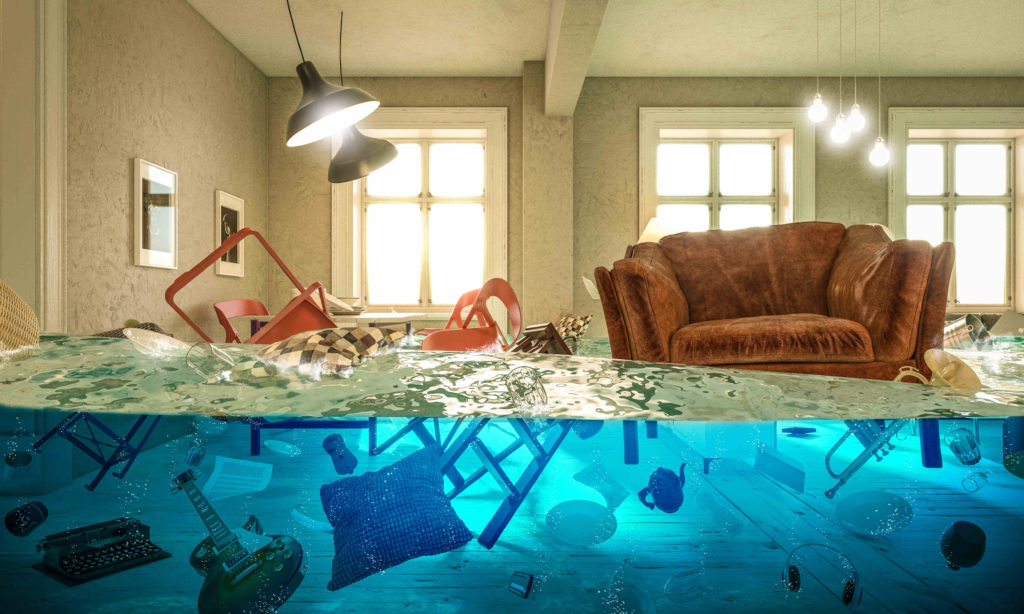
Level 1 water damage
Level 1 damage involves minimum water absorption. It occurs when highly porous materials are only present in 5% or less of the affected space. The water is drinkable and uncontaminated, and the source of damage is usually clean water. Once you remove the water, the area will dry out with minimal evaporation.
Level 2 water damage
Level 2 water damage occurs when 5-40% of the materials in the impacted space are porous. This type of damage usually occurs after the pipeline ruptures or ruptures. It takes much longer for the removal and evaporation of water in comparison to level 1 water damage.
Level 3 water damage
Level 3 water damage refers to porous materials that occupy more than 40% of the affected area. This type of damage can occur if the water pipe breaks or the home leaks due to storm or flood damage. This type of evaporation is time consuming and can lead to high water absorption.
Level 4 water damage
Grade 4 water damage is the most serious and occurs when water is absorbed deeply into non-porous materials such as plaster, wood, and concrete. It is usually caused by flooding and can involve expensive, complicated and time-consuming drainage.
Why is water damage bad?
Property damage
Water damage to your house can occur when you don’t address it quickly. Water damage can easily ruin your carpets, ceilings and furniture, but most importantly, it can destroy irreplaceable personal items such as family possessions, important documents and other important belongings.
If you must move out of the house during maintenance, water damage can interrupt your daily routine. The good news is that the faster you act on water damage, the better the chances you have of saving your belongings.
Health risks
Health problems related to water damage can be significant and long-lasting. The growth of mold and bacteria is a major health problem, but damage to water sources can also attract pests and deteriorate air quality.
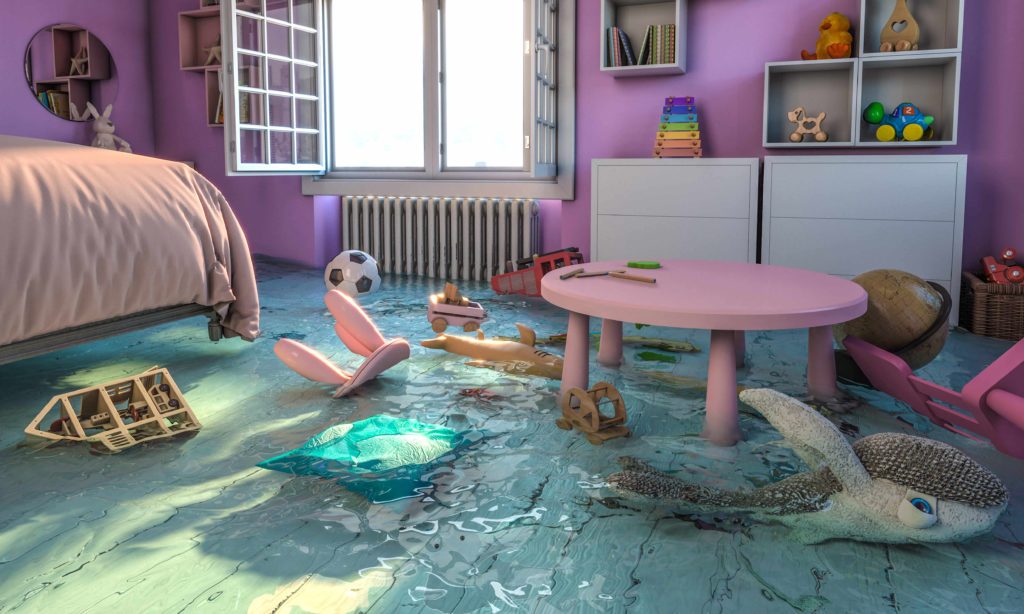
Mold growth
Dangerous mold spores, such as black mold, pink mold, and Aspergillus mold, pose serious health risks.
Pest and bug infestation
Water damage will attract pests, causing further damage to your home. This is one of the many reasons why you should address water damage as soon as possible.
Types of water
Clean water
As the name suggests, “clean” water comes from rainwater, condensate, and leaky pipes. Cleaning on your own is relatively harmless and you can also seek professional help if necessary.
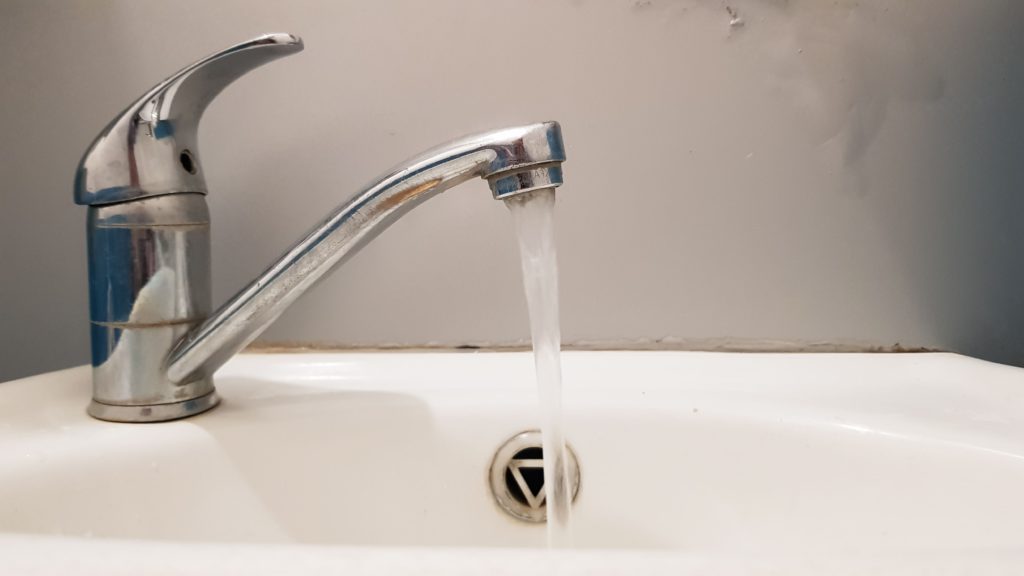
Gray water
Gray water is slightly dirty water that can come from dishwashers, washing machines, toilet cleaning, etc. You can clean it yourself, but you need to make sure you wear proper protective gear to avoid any contaminants.
Blackwater
Blackwater contains debris, bacteria and other serious contaminants. This is the most dangerous water and you should avoid touching it. You should not try to clean it yourself because it can cause dangerous health problems.
How did the water damage happen?
As the name implies, water damage occurs when water is exposed to your home. Many times, this happens when you don’t notice the problem. Sometimes it can take weeks or even months for the damage to become apparent.
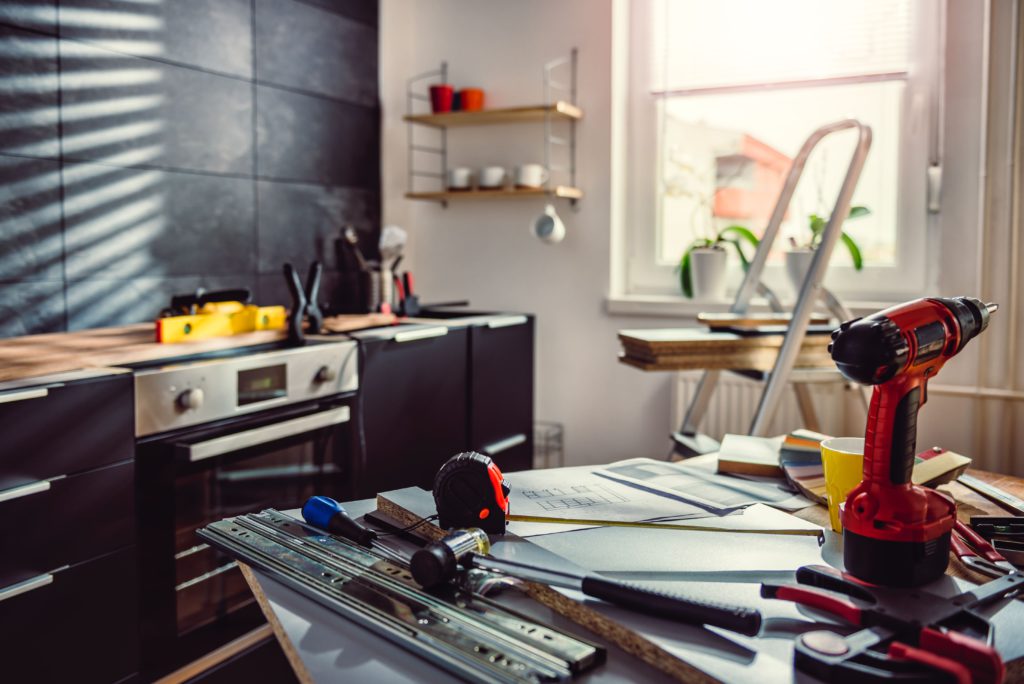
How to identify the type of damage
Identifying the type of water damage will depend on where it is in your home. For example, foundation water damage will look different from damage such as warped wood floors or ceiling stains.
Wood floor water damage
As wood absorbs water, water stains can easily damage wood floors.
Water stains
Water stains are most likely to happen if you have a roof leak. The most likely area to get stained is the ceilings or the upper areas of the walls.
Structural damage
Water damage can cause structural damage and lead to your home becoming inhospitable and leave you unable to live in it.
Sewage cleanup
You may require sewage clean-up when toilets or sinks are backed up. Sewage spills can result in the seepage of toxic black water or gray water which may be contaminated by human, animal, or biological waste. Sewage cleanup is a messy job that can also pose a health risk and should only be completed by a trained professional.
First steps to water damage repair
If you’re waiting for a restoration company to arrive, there are a few key immediate actions you should take while you are waiting.
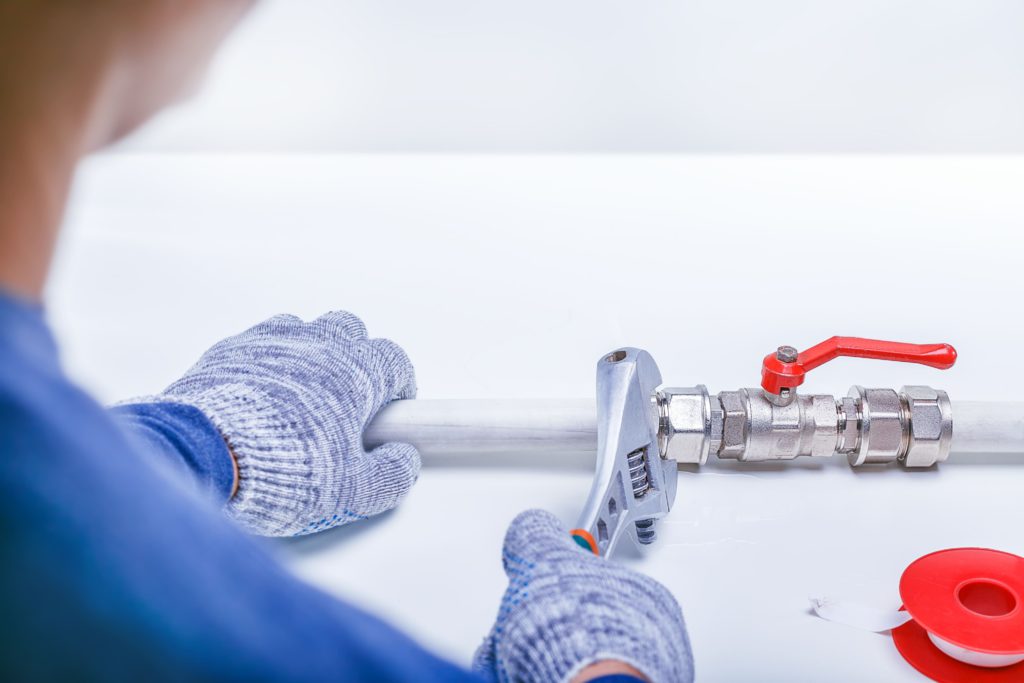
Turn off electricity in the affected areas
Water and electricity are a dangerous combination so you should make sure to turn off the power in the affected areas. However, if turning off the power means you have to enter the wet areas, you should call an electricity and refrain from entering your water damaged home until the electricity is off.
Stop the leak at the water source
If you are dealing with a burst pipe or a leak on a smaller scale, you should start out by stopping the leak at the source.
Assess, take photos, and document the damage
By taking photos and documenting the damage to your property, it’ll be easier for the insurance company to make an accurate assessment of the damage.
Check for mold growth
Mould often begins to grow after 24 hours of water exposure. Once mold has started to grow, it’s difficult to remove so it’s best to address the issue as quickly as possible. It’s always best to have a professional assess the situation. Preventing mould involves drying out everything you can – but be careful not to spread the mold while you’re doing this.
Unfortunately, mold will not die even if it has dried up. Mold spores can remain dormant or inactive but still be a threat. If you identify mold in your home, it’s important to find a professional who specialises in mold removal.
Remove any possessions or valuables you can save
Salvage as many of your possessions or valuables as possible. This process will likely include repairing or replacing belongings. You can also lift wood furniture off wet carpet areas and insert tin foil under the feet to prevent carpet water damage. You should also remove any rugs on wet flooring.
Contact your insurance company
Your homeowner’s insurance will depend based on your particular policies, so you should call your insurance company. The company will send someone give a water damage assessment and determine if it’s a covered loss. You can help this process by the documenting the value of your items and taking photos before, during, and after the cleanup process. Keep in mind that not all insurance covers water damage.
Perform water removal
Try to remove as much standing water as possible. However, make sure to identify the type of water first and only handle it if it is safe to do so.
Start drying out your home
Once you have removed all standing water, you’ll need to attend to your damp belongings. If you’re able to safely turn your electricity back on, use your air conditioning to remove humidity. Floor fans and dehumidifiers can also help dry damp areas of your home. By starting to dry your home within the first 24 hours and completing the process within 3-4 days, you can greatly reduce the risk of mold and mildew.
Water damage restoration
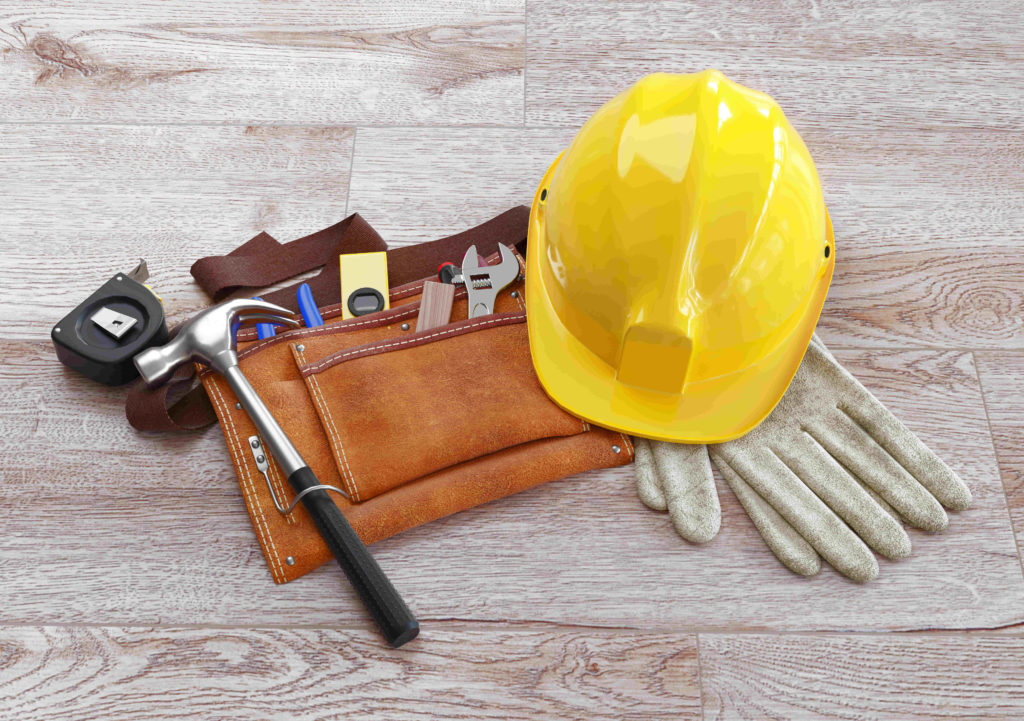
When it comes to repairing water damage, time is key. Wet materials can start developing mold quickly so it is essential to strike while the iron is hot.
1. Clean the area
Before you can start repairing water damage, you’ll need to clean the area. Do this with a gentle soap and water and a damp cloth. Allow the area to dry fully.
2. Scrape away any flaking paint
Remove all flaking or peeling paint with a scraper to smooth out the surface.
3. Cover water damaged area with a peel-stop or sealer binder
Using Peel-stop prevents water from seeping back through by acting as a glue that permeates the porous surface. This makes the surface solid again and protects it from future water damage. After you have applied the Peel-Stop, allow for an hour of drying time before you move onto the next step.
4. Apply filler
Applying filler allows you to ensure that the surface is ready for painting. For best results, give this step a full day of drying time. You can use a hairdryer to help speed up the process.
5. Sand the surface
Once the filler is dry, sand the surface until it’s smooth and ready for painting.
6. Apply water-based primer/sealer
Applying a water based primer or sealer will ensure that the wall is perfectly prepped for applying paint. It is usually used for gyprock surfaces.
7. Apply paint
Once the surface is properly prepared, you can apply the paint. You can spruce up your walls with a new shade of paint, resting assured that your walls are now protected from water damage.
How long does it take to repair water damage?
Water damage can cause a wide range of issues which take an investment of time and money to fix. The time it takes to fix the damage will depend on how long it takes for the water to dry up and how severe the damage is. The larger the area that has been affected by water damage, the longer it will take to fix.
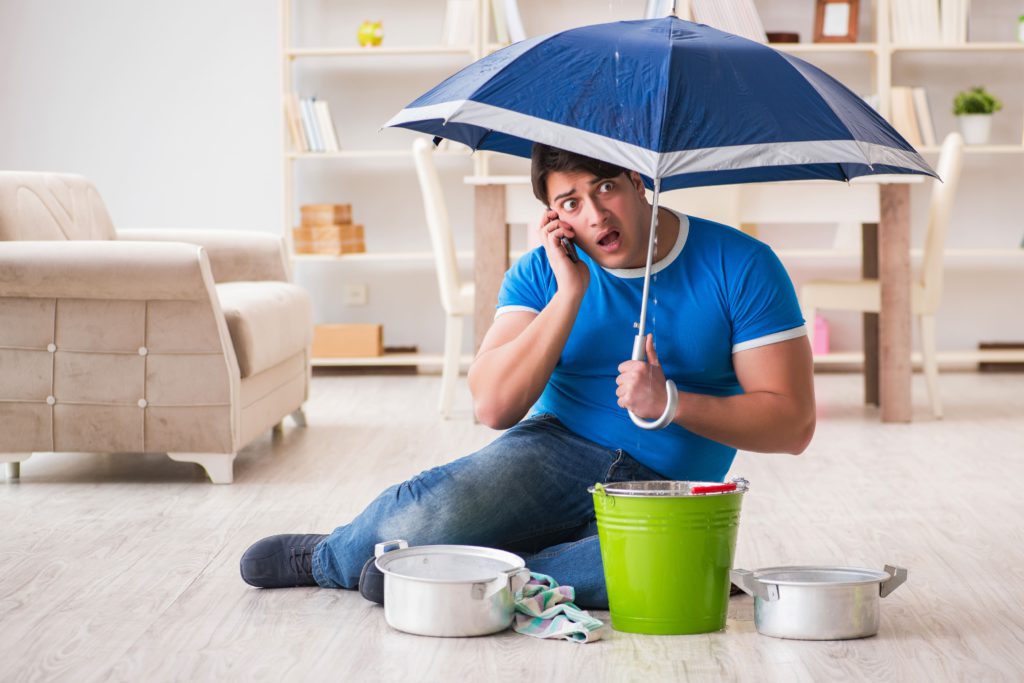
Professional restoration services
Many homeowners try to complete restoration themselves before realising how extensive the requirements are. Professional restoration services may include: thoroughly drying carpets, replacing drywall and other building materials, fixing structural damage, or using industrial equipment to deep clean.
How can I prevent water damage?
Although there are plenty of ways to repair water damage, it is a good idea to do your best to prevent water damage from happening in the first place. It’s also important to regularly inspect pipes and pumps and have them replaced as soon as possible if they are faulty or damaged. Restoration professionals can help with replacing pumps and ensuring your home is protected against water damage.
Marketing for tradies | tips for growing your tradie business in 2024
Want to grow your tradie business? Learn all about marketing for tradies and get the tips and tricks you need to enhance your online presence, attract ...
What are the hardest things about starting a construction business?
When it comes to starting and managing a construction business, there are a number of challenges you may need to resolve. From finding good contractor ...
Trady vs. BorisDoes
A comparison of website builder and business management systems for tradies. Trady and BorisDoes do similar things - both allow tradies to create a ...
Jim`s Group. What do you need to know? (2023) | BorisDoes
What does Jim’s Group do? Jim's Group is Australia’s biggest franchise network, with more than 5,000 franchisees working across their 52+ divisions ...
What Makes A Good Electrician
An electrician has an important job when it comes to attending to your electrical needs. Perhaps you need to install a light, or you have faulty wirin ...
What A Handyman Can Do For You
Do you have some odd jobs around the house that would be perfect for a handyman? Perhaps you’re not entirely sure if a handyman is a right person to c ...